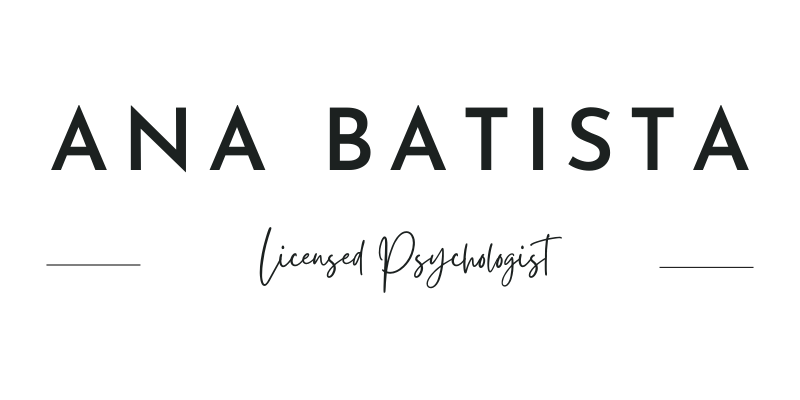We call them “negative” emotions.
Anger. Shame. Grief. Jealousy. Fear.
The messy ones. The ones that don’t look good in public.
The ones we were taught to suppress, ignore, or outperform.
But here’s what I know from both life and practice:
When we avoid these emotions, they don’t disappear.
They go underground.
And they shape us in quiet, unconscious ways.
Resilience doesn’t mean bouncing back.
It means staying close — even when it’s uncomfortable.
I used to think resilience meant being strong.
Now I think it means being willing.
Willing to feel sadness without folding.
Willing to witness your own rage without fearing it.
Willing to say: “This is hard — and I won’t abandon myself here.”
These emotions aren’t bad.
They’re intelligent.
They’re ancient.
They’re trying to bring you home to something unprocessed — a boundary crossed, a loss ungrieved, a truth you haven’t said out loud.
If we listen carefully, they can become allies.
How I work with difficult emotions (gently):
I name what’s there — without judging it.
“I’m feeling envious.”
“I’m overwhelmed with sadness.”
Naming disarms the shame. It invites clarity.
I ask: What is this emotion protecting me from?
Fear might be guarding vulnerability.
Anger might be guarding grief.
There’s always something beneath the sharpness.
I let the emotion move through my body.
Crying, walking, stretching, even drumming on my chest — anything to stop bottling it up in silence.
I hold myself like I’d hold a child.
No fixing. Just presence. Just breath. Just love.
Resilience grows when we stop fighting what we feel.
You don’t have to be calm all the time to be well.
You don’t have to be positive to be growing.
You just have to be real.
And you already are.
Want to explore your emotional life with someone who won’t pathologize it?
I work with sensitive, thoughtful humans who want to feel more — not less — and build resilience from within.
Let’s walk through it together →

